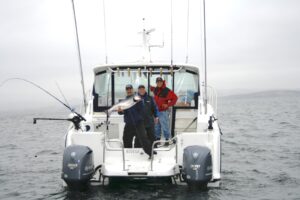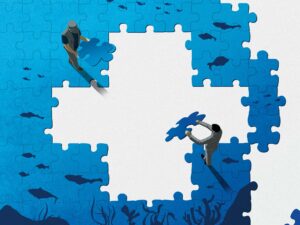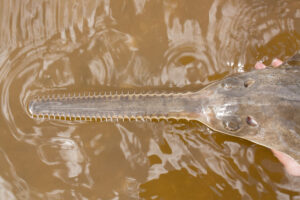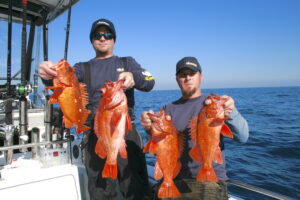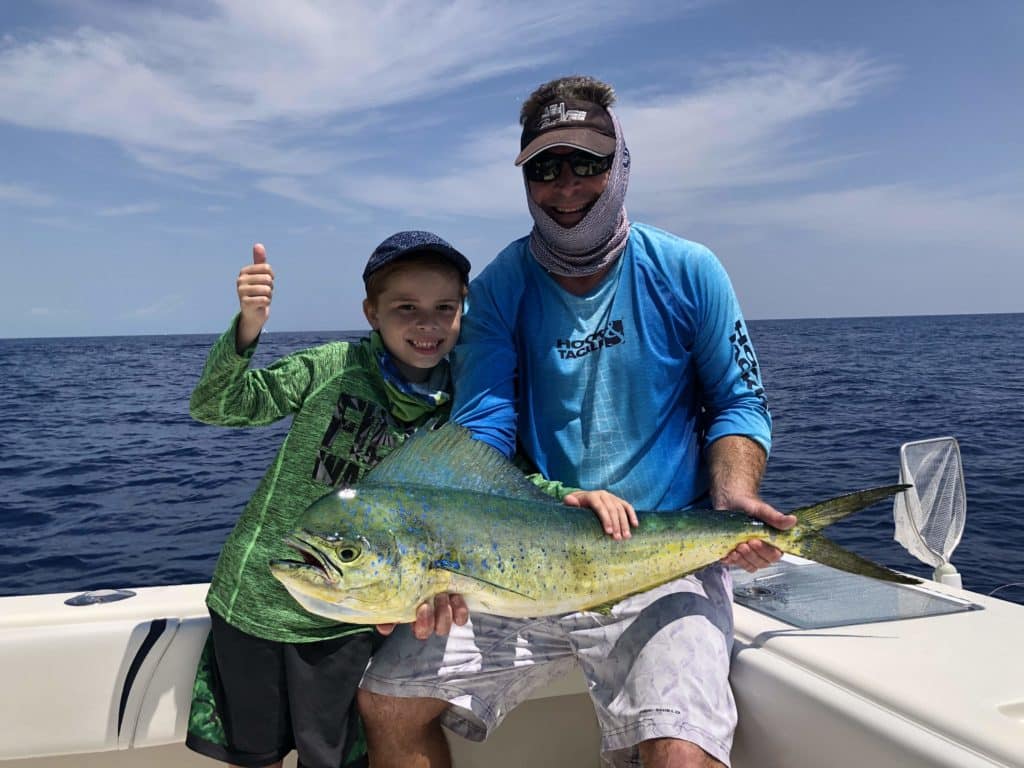
How well I remember the first time I saw the neon glow of a dolphin hanging below a large patch of sargassum weed somewhere off the Palm Beach coast. Yes, we called them dolphin back in the 1960s, though we had no illusion that this fish had any relationship to a marine mammal. Sometime later, regulators changed the name to dolphinfish, which was fine. Today it is most often referred to as dolphin, dorado or mahi (which is short for mahi-mahi, the Hawaiian name for dolphinfish).
Dolphin in Decline
Whatever you want to call it, this species is a great gamefish that is fun to catch, great to eat and has been a staple for the Southeast charter and private anglers for many years. A mahi-mahi’s fecundity (the ability to produce an abundance of offspring) and fast growth have kept up with demand — until recently. Changes in the fishery may have had a negative impact or is there something else is going on.
Recently, the South Atlantic Fisheries Management Council (SAFMC) and NOAA Fisheries held a meeting in the Florida Keys to get input from members of the charterboat industry to help maintain the health of the dolphin stock. The input seemed to be fairly direct and was centered on the commercial catch of dolphin. In the opinion of the captains in attendance this was the sole reason they were experiencing fewer and fewer dolphin.
While smaller dolphin are still present, the catch of the bigger dolphin that attracted customers in the past is almost non-existent. It should be noted that NOAA data do not show that dolphin are overfished or that overfishing is occurring. Those in attendance vociferously objected to allowing the use of miles of longline gear for the commercial catch.
Well, I cannot disagree. The use of longlines that could be 30 miles long with thousands of hooks is, to say the least, excessive. I also suspect that there is a lot of bycatch, much of which is discarded dead or close to dead.
Commercial and Recreational Fishing Divide
In May of this year, Amendment 10 to the Fishery Management Plan for the Dolphin and Wahoo Fishery of the Atlantic was issued by NOAA Fisheries. This amendment changed some of the regulations for both the commercial and recreational sectors. There was a 10 percent reduction in the daily catch limit per recreational vessel, from 60 fish to 54 with exception of head boats. The individual limit was 10 fish.
Previously, the commercial sector had no catch limits. Amendment 10 added a 4,000-pound trip limit after 75 percent of the annual catch limit was reached.
The overall quota percentages for both sectors was also altered because of the use of updated catch data from the new Marine Recreational Information Program (MRIP). The allotments changed from 10 percent commercial and 90 percent recreational to 7 percent and 93 percent respectively. This translates to 1,719,953 pounds whole weight for the commercial sector and 22,850,811 for the recs.
Now don’t get me wrong, if I were the beneficent dictator I’d restrict longline gear without hesitation. But looking at the numbers, longline gear would have to be catching, or maybe that would correctly be landing, only big dolphin for it to be the sole cause of the decline in numbers. The recreational allocation is roughly 13 times that of the commercial sector. Simply put, the recreational sector has a far greater ability to influence the future structure of the stock.
As NOAA Fisheries looks for ways to improve stock structure the recreational sector should push to have electronic monitoring be required on all of the longline vessels with dolphin permits. This should give a better idea of the actual catch and bycatch in this fishery, and could answer the question about bigger dolphin. It is also my thinking that the recreational sector should push for some additional, perhaps temporary, restrictions on its catch. Many of those in attendance at the meeting even suggested lower individual or vessel limits. Local charter boat associations could even institute voluntary limits and push for private anglers to do the same. One thing for sure is that with the growth rate for dolphin, it should not take too long to see what the results would be.
It appears that something needs to be done. There is likely some pain to get to the gain, but doing nothing seems like a bad course to sail on. Perhaps NOAA Fisheries also needs to do some research into whether there are some environmental factors at work here.

